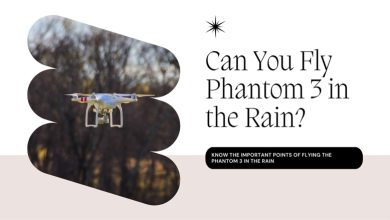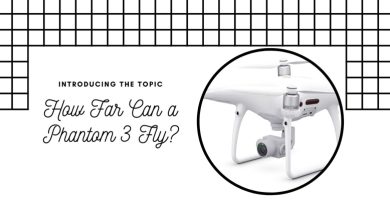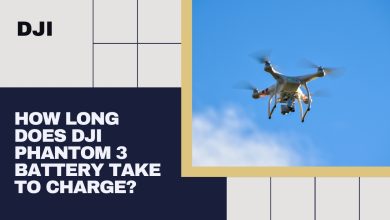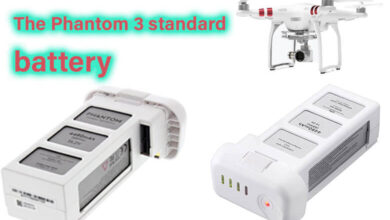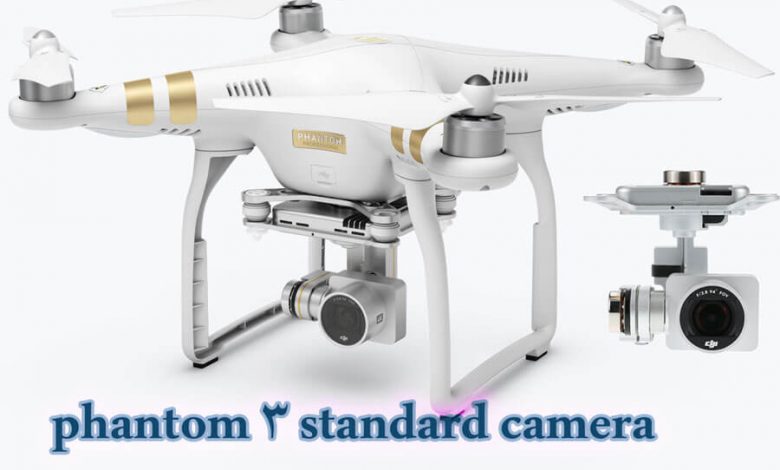
The Phantom 3 standard, one of DJI’s latest drones, is the new wave of these birds. Over time, this robot has evolved.
These advances have been so noticeable and genuine that the tech has now been placed as one of the best in the industry, providing a basis for establishing market dominance in the field of drones and quadcopter industries. In reality, these modifications have made it one of the industry’s first.
The camera is one of the most crucial and practical parts of this tech since it impacts consumers’ minds to choose it.
Consequently, and due to the importance of this issue in this piece, we’re going to look at the camera system on the Phantom 3 and give information about its capabilities and options, as well as other variables.
If you’re curious about UAVs and would like to discover more data, or if you own a Phantom 3, we recommend that you read this article up to the end.
phantom 3 standard camera specs
As previously stated, the camera is one of the most valuable and vital components of this modern technology, which is a requirement.
The Phantom 3 camera is one-of-a-kind and high-quality product made by the firm itself.
Despite the remarkably equipped camera, the essential Phantom 3 quadcopter’s quality has significantly improved and caused it to be a particular system.
The Phantom 3 standard camera has the following characteristics:
- When it comes to image resolution, we must mention that the photos captured by this camera have a resolution of 12 megapixels.
- The video quality of the Phantom 3 standard camera, when used for recording, is around 2.7 K. The video recorded by this quadcopter has a 1080 pixels quality. Also, it is full HD, with a frame rate of 30 frames per second.
- This section attempted to determine that the lens used for the Phantom 3 standard camera system is 20 mm and has a broad field of view capable of providing the camera with a 94-degree image (FOV 94).
- This bird’s camera aperture is 2.8, allowing the operator to focus.
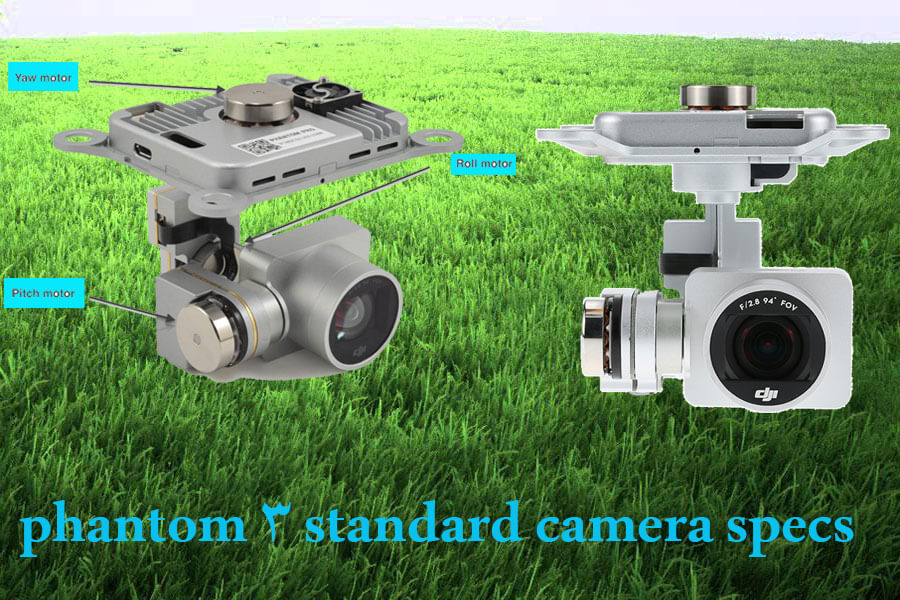
This quadcopter camera has many ISO levels, including ISO 100 to 1600 for photos and ISO 100 to 3200 for video material.
Note that while the features listed are significant elements that every user should be acquainted with, there are other things that we will discuss further down that are worth understanding, so stay tuned and learn about the Phantom 3’s other common characteristics:
We know that this device is a very modern and advanced camera with distinctive features that set it apart from other cameras based on the information we’ve gathered.
This camera sends shots from the drone camera via a technology called FPV, demonstrating that images may be dispatched quickly.
The collected photographs are also sent with the appropriate impact using Wi-Fi technology. The Phantom 3 quadcopter’s primary camera is also equipped with a three-axis gimbal.
Another benefit of the camcorder is that it may be used conveniently and worry-free after fully charging for about 25 minutes.
When comparing the essential Phantom 3 camera against the GoPro, the Phantom 3 standard camera comes out on top.
One of the camera’s unique aspects is that the Phantom 3 and its performance differ from GoPro’s, designed for comprehensive intervention.
The Phantom 3 Standard camera range is about 1000-meter, lower than the Phantom 3 Standard Pro and Phantom 3 Standard 4K cameras that are its competitors.
The 1 / 2.3 sensors utilized in this CMOS camera and the recorded picture size for this quadcopter is around 3000 x 4000 pixels.
Technical specifications of a phantom 3 standard camera
It is necessary to become acquainted with the technical features that have been registered for this camera in the following sections:
- Panasonic sensor
- 7 Kp30 (29.997)
- FHD:24/25/30
- HD: 25/30/48/50/60
- FOV 94” 20mm 35 mm f/2.8
- Focus at
phantom 3 standard camera settings
Simply said, there are a lot of critical elements to consider while using the Phantom 3 standard settings to achieve good quality images.
Consequently, the camera settings may be seen and utilized in the DJI Pro software tool’s Quick Menu area.
These configurations support any camera app’s primary and specialty care setup, including photo capturing and video recording. The suggested camera configurations are also listed in the preceding section.
The following are typical specifications of this portion:
- The first function is the camera mode, often known as Auto Mode, automatically adjusting ISO, aperture, and other parameters.
- Manual Mode is the other characteristic that enables users to adjust ISO, aperture, themselves.
- The ISO factor determines how sensitive the camera sensor is to light.
- Shutter factor and its speed.
- The aperture feature of the Phantom 3 Standard camera and its quantity will open or close.
- Exposure compensation value, abbreviated as EV, is a characteristic of the exposure setting
Adjusting the video
The Video Setting Mode, one of the drone’s video shooting modes, is made up of the following sections:
- Measurements and the size of a video
- Type of Video
- The NTSC presentation system is used in the United States and Canada, and the PAL monitoring system is used in European nations and portions of Asia.
- White Balance.
- Image clarity, brightness levels, and contrast are factors in the image’s style.
- Color of the image.
Adjusting the photo
Photo Setting Mode, a quadcopter photography mode, contains the following:
- Single shot
- HDR shots or photographs with a wide dynamic range combine many images taken under varied lighting conditions.
- Sequential or multiple pictures
- AEB (Automatic Exposure Bracketing) gives you more influence on the end image you shoot.
- Capture a timed shot or capture images with a timer
- Image Dimensions
- Image Format
drone camera with self-propulsion
Now it’s time to set up the camera, which is shown by a gear icon and contains the procedures below:
- Histogram.
- There is also an exposure warning.
- Decrease 3D noise.
- Add captions to the video you want to watch.
- Anti-flicker.
- Index of the Files.
- Grid or Display Settings.
- Format of memory card.
- Reset the camera’s settings.
Phantom 3 drone camera issues and faults
One of the most common problems with the Phantom 3 standard and its camera is that it does not work!
However, keep in mind that this technology, like all other innovations, has defects and errors:
One of the most common is the Phantom 3 standard, which sometimes fails! The first thing that springs to mind in this situation is to reset the gadget. If this does not solve your problem, try disconnecting and reconnecting the cords again.
At this point, you must first switch off the camera before detaching and reconnecting the connections. If the first two techniques do not yield the desired results, use the third approach to format the memory card and fix your problem.
When reformatting a memory card, the essential point to note is to back it up beforehand. The device may now be restarted. The camera will function normally once the problem has been rectified. Finally, the only option is to visit a local authorized repair shop.
Another issue with this bird is that it is not attached to the Phantom 3 standard camera. In this instance, the first thing to do is to secure the quadcopter multiple times.
On the Internet, there are several techniques for resolving this issue. If you can still handle the problem securely, you should seek assistance from an authorized repair shop or a professional in this field.
The last word,
The DJI Phantom 3 Standard is a quadcopter and drone capable of flying with a built-in camera, with films and photographs produced in 2.7K quality, and it ranks first among rivals, as we stated in the article.
Finally, if you have any concerns regarding this technology, please ask us, and if you have used or currently possess this gadget, please share your experiences with us.

